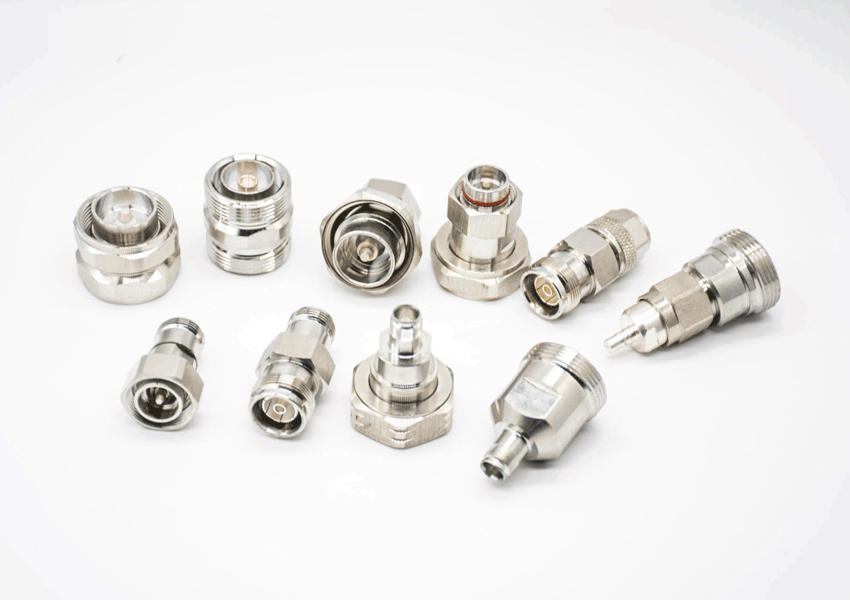Classification and application of radio frequency coaxial connectors:
RF coaxial connectors are divided into 4 categories according to their dimensions: standard, miniature, sub-miniature and micro-miniature. This category reflects coaxial connectors The history of development. The early coaxial cables were much larger than the commonly used coaxial cables. Therefore, the early RF coaxial connectors were very large:

UHF (Ultra-High-Frequency, Ultra-High-Frequency) radio frequency coaxial connectors were invented by Amphenol’s engineer E. Clark Quackenbush in the 1930s and used for wireless broadcasting. UHF male connectors are often called PL- 259 connector (U.S. military standard number), UHF uses a threaded connection interface, and its characteristic impedance is not fixed. Because the characteristic impedance is not constant, UHF generally can only be used within 300 MHz, which is a lower cost connector. It is commonly used in Lower frequency communication equipment such as CB radio broadcasting and cable broadcasting system.
The N-type radio frequency coaxial connector was invented by Paul Neill of Bell Labs. This is the first series of radio frequency coaxial connectors that can be used in the microwave field in the history. The N connector adopts a threaded connection interface and has 50 and 75 ohms. A version. 50 ohm N head can be used in 11GHz occasions, precision N head is even applied to 18GHz environment, typical applications are local area network, test equipment, satellite and military communication equipment. C series is successfully developed by Concel, it uses internal Bayonet connection, internal nominal size, working frequency, etc. are the same as N series, but there is no N series common. Other standard RF coaxial connector series include SC, HN, 7/16, APC-7.MinDin.

